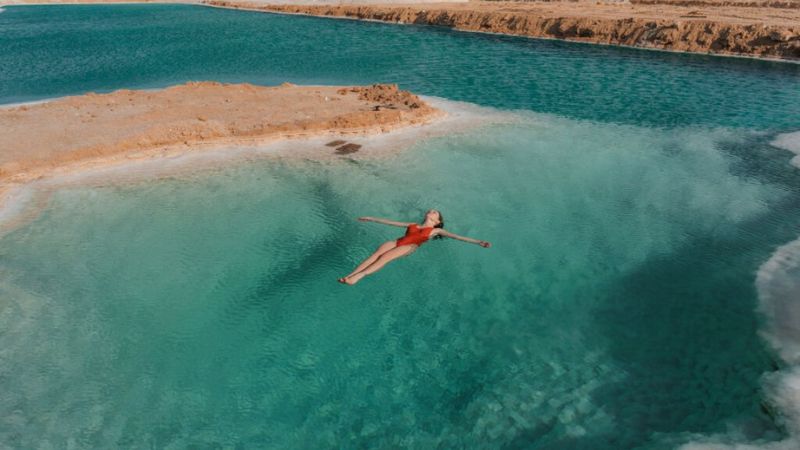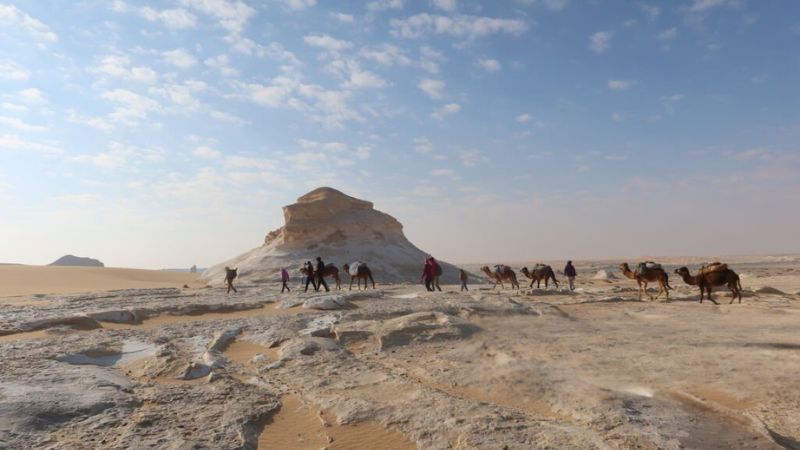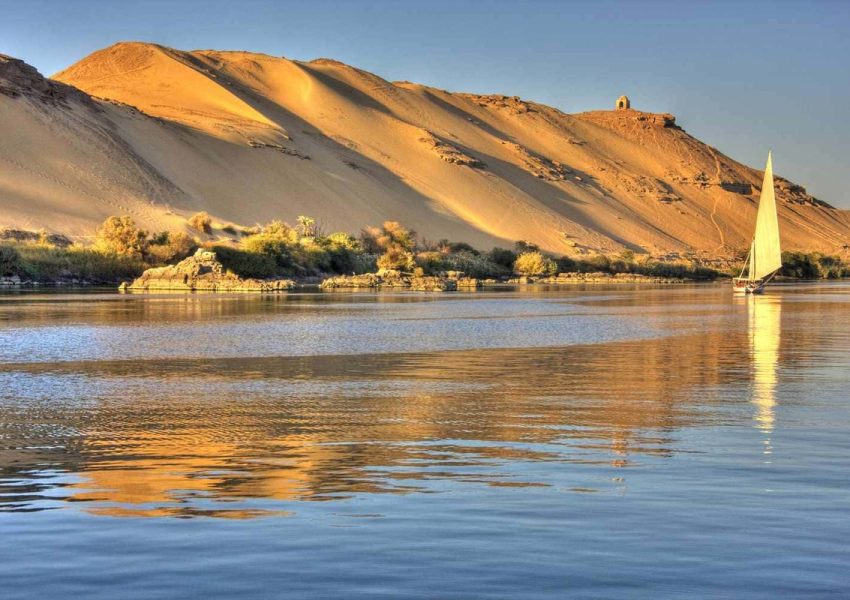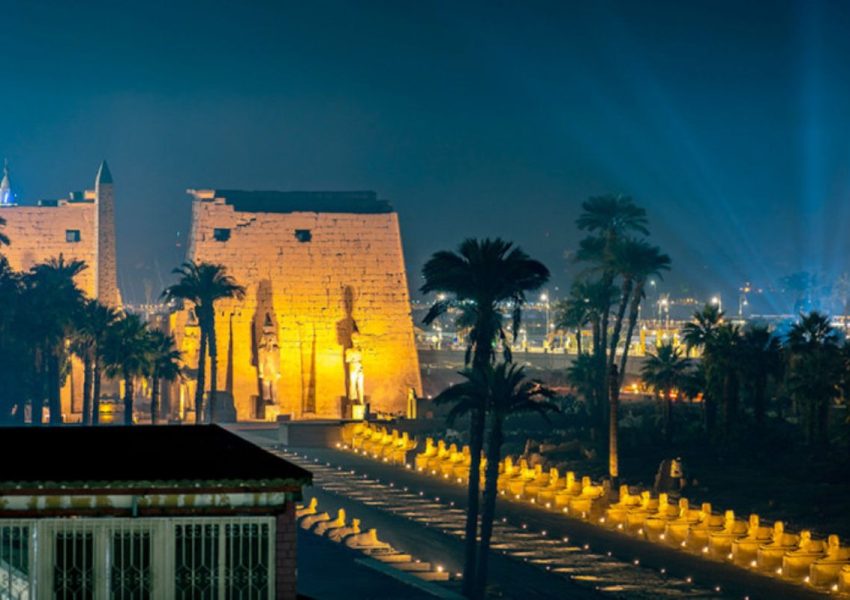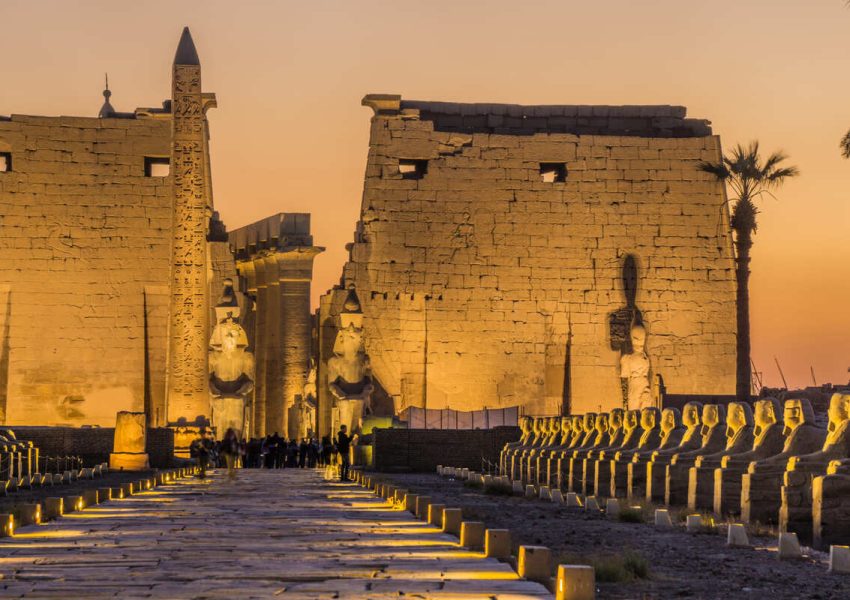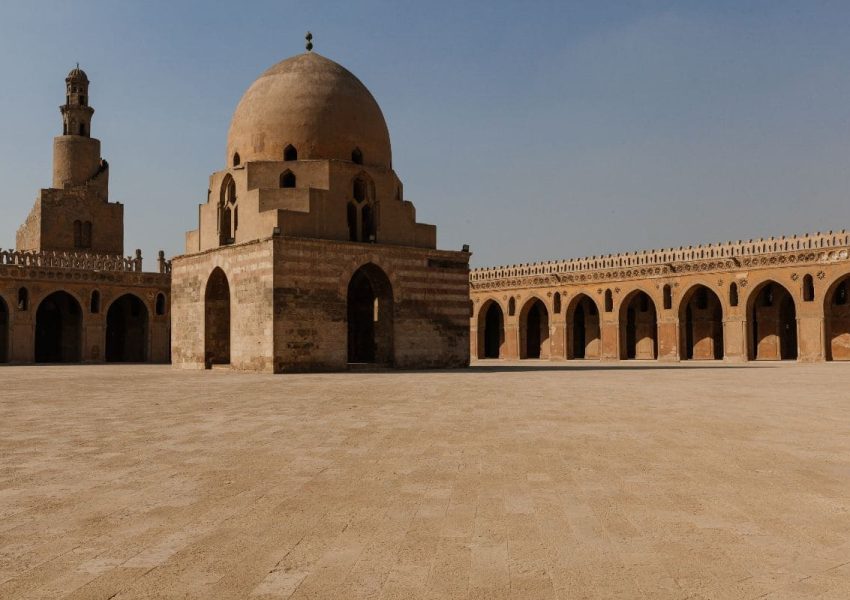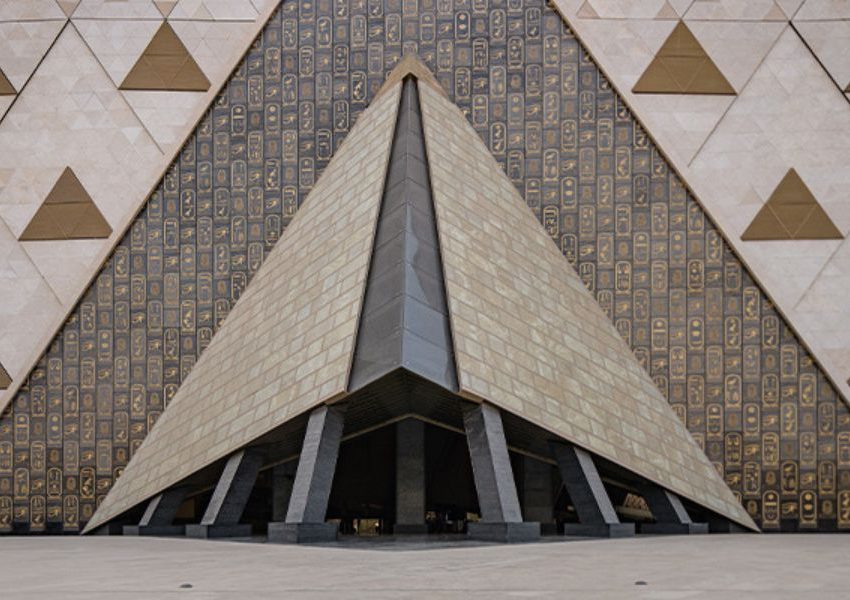4-Day Siwa Oasis Cultural and Adventure Escape Discover the hidden treasures of Siwa Oasis on this immersive 4-Day…
No other nation in the world says ‘Welcome’ as often as the Egyptians, and every time, they mean it. While the ancient civilization of Egypt continues to amaze, contemporary Egyptians are equally remarkable.


